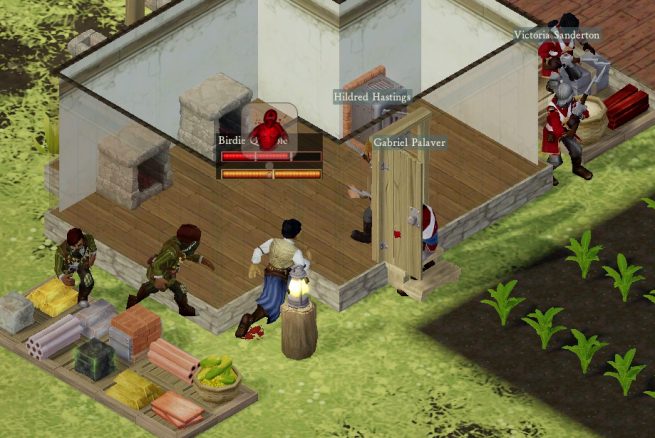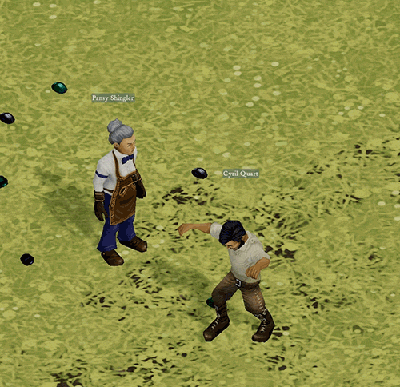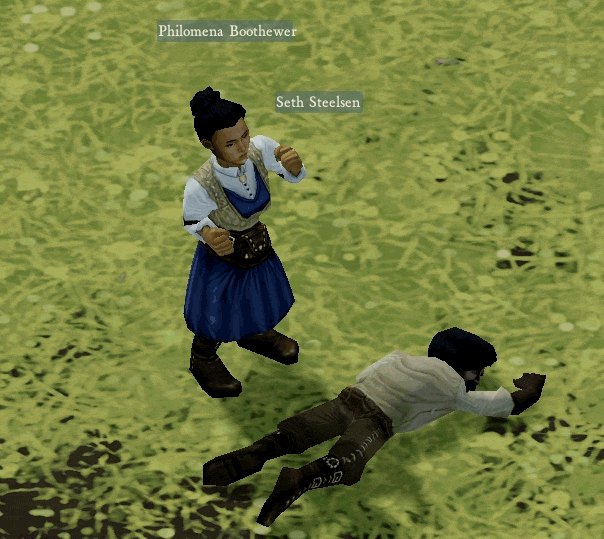As a player gains mastery of a game they will often seek greater challenges which provide rewards different from those they sought after when they were less masterful.
In the case of, say, a time trial racing game, you perfect every corner until you can’t get any better, and then you start looking for things like hidden shortcuts that are risky but allow for greater reward for greater skill. If the game sets a goal of the shortest time, players will bend and break every rule they can to get the shortest time possible and do speed runs.
Most games obviously aren’t just timed runs, but in almost every game with a stat than can be tracked, a player can optimize for that stat. Moreover, in many games designers will intentionally put in these “hidden shortcuts”, where a very skilled player can reap a huge reward – or optimization. These systems are often hidden or left at the very end of games so that new players don’t become frustrated by thinking they should be able to perform these difficult feats too early in their process of mastery.
There might be another term for this but I’m going to call the extra reward that a skilled player gets over a typical player as the “skill reward gap”.
For the majority of a game’s play-time – depending on the genre of course – skill reward gap is intentionally kept pretty low, especially in games where a non-hardcore player should be able to complete the game.
Skill reward gap is especially problematic for beta or early access games.
While most people bounce off early access games because they are generally buggy and not super pretty, one of the other major contributors is that their difficulty ramp is poorly balanced. Some game systems which respond to player skill are very difficult, some are very easy, and they almost never correspond to the appropriate amount of reward. In some cases you can almost entirely avoid major game systems because the reward isn’t worth it, and you can invest heavily in a relatively small game system and gain tons of reward.
We’ve had this issue in Clockwork Empires, as have MANY other early access games. Unfortunately, this creates a hidden skill reward gap. The game doesn’t tell the player what to spend their time on, and only players that have spent a lot of time with the game really know the best way of doing things. You’ve probably experienced this before, and it’s really frustrating.
There can be a bunch of causes for this. Sometimes systems need higher interconnectivity if they’re both affecting the same stats/performance metrics. Sometimes the UI needs to take the guesswork out of what the player should be doing in what order — it may be perfectly obvious to a hardcore player to build a Carpentry Shop before a Kitchen, but what means exist for a new player to make that decision aside from painful trial and error?
And, in some rare cases where you simply can’t figure out how to keep the skill reward gap from being huge, you need to nerve staple a system so that new players aren’t punished for no apparent reason. Giving advanced players more options at the direct expense of causing confusion to new players is simply not a good idea – certainly not outside end game content.
And here we find the second way in which skill reward gap is worse in early access: most of the most active players are advanced players. They want high skill reward gaps. Everywhere. If you were making an early access racing game they’d want 8 different hidden shortcuts in the first 100 meters of the track that require special knowledge and razor-sharp driving skills. And you know what? for them, that would be a totally awesome game. But you sit a new player down in front of that track and you’ll watch them fall off into an exploding spike pit full of similarly explosive snakes and die in the first 30 seconds of play and they’ll hate the game for it.
But I think, honestly, if you keep some of these skill reward gaps but put them further into the track, they’ll be okay. And your more general audience will thank you for it.
For those of you wondering how this applies to Clockwork Empires, almost all of our current trouble with this has to do with the lack of clean visibility into “why isn’t my character doing the thing”, or “what’s the thing I should be getting them to do in the first place”.
Expect more significant improvements on this in the near future.




I love this way of thinking and can’t wait to try out these rumored improvements. Only a week or so until next beta!!!
Why can’t I nerve staple cultists? DIS GEME SUX IT 2 HARD REFUAND PLZ